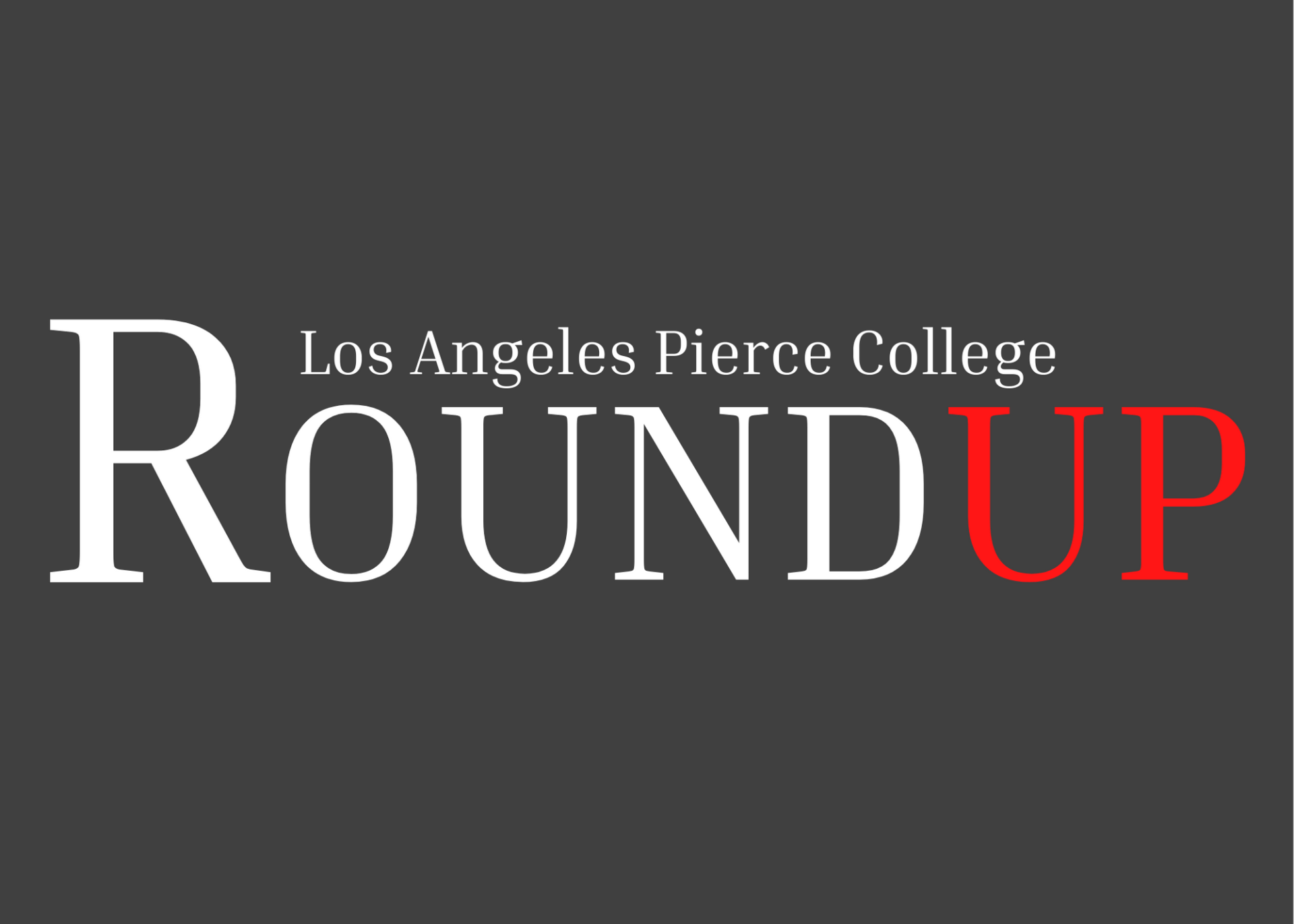Social media is available for everyone to use, but teachers should not incorporate it into their classes.
Social media can create distractions for students and divert them from their studies. Some students might favor checking friends’ statuses or composing posts instead of actually paying attention in class.
People don’t inherently associate social media with school or education. Instead, it’s seen as a means of communicating with friends and family.
There are also people who don’t want to use social networks at all. If a class required some sort of social media interaction, then these individuals would feel forced to create accounts that they may have never opened under their own free wills.
From a statistical point of view, Pew Research Center said that as of January 2014, 26 percent of adults do not use any social media.
Using social networks for classes can also be seen as an invasion of privacy since making a Facebook group or mass tweet on Twitter requires you to be added by whoever created the group or added by the teacher to stay informed about the class.
Furthermore, bringing social media into classes can cause disturbances. Occasionally, people get careless with language and semantics while online, or their messages get misinterpreted, which could lead to people getting offended and grades being lowered.
Social media should not be used by teachers since its name alone gives off the connotation that it’s meant for socializing with others, and socialization can clash with teaching and learning if it’s incorporated improperly.
Also, if students and teachers follow each other on social networks, there could be awkward situations caused by the personal content they post. Such situations can make people uncomfortable and possibly cause students to shy away from their peers or instructors and vice versa.
Social media shouldn’t be inserted into classrooms until it’s optimized for learning environments.


